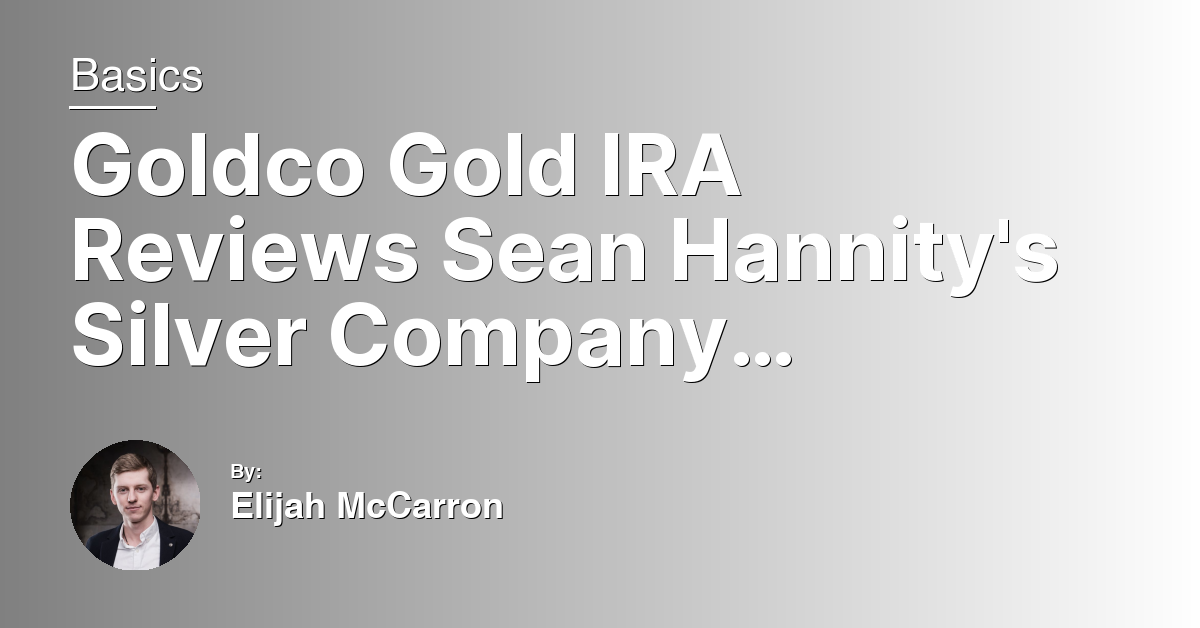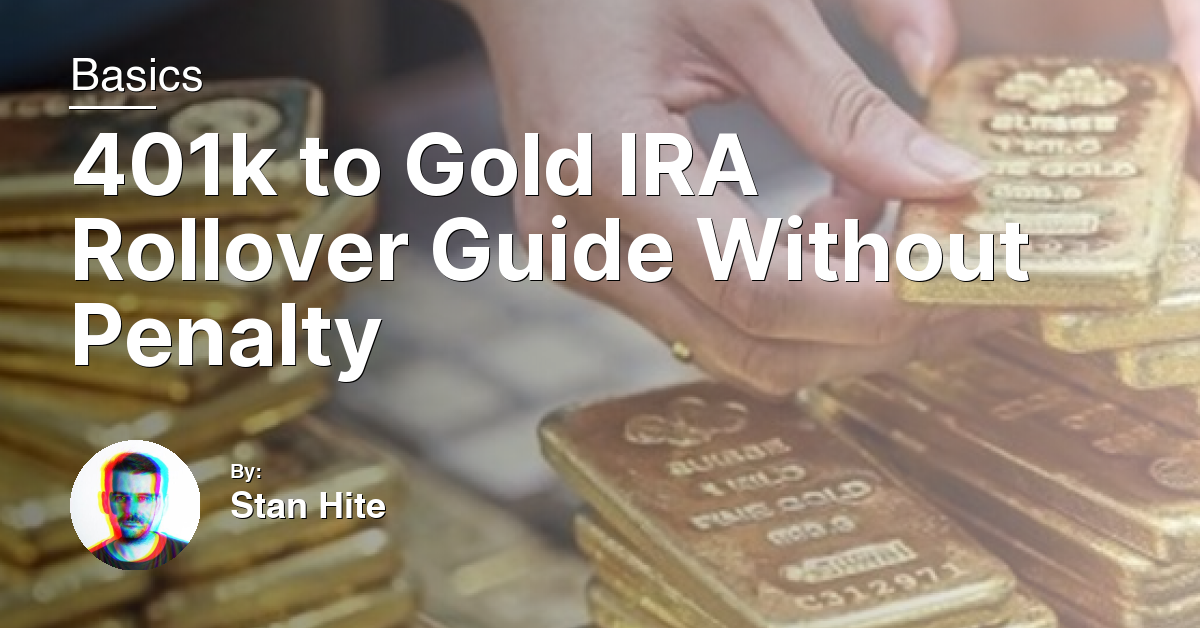In the ever-evolving world of retirement planning, diversifying your investment portfolio is a strategy many savvy investors swear by. For those looking to hedge against market volatility and inflation, converting a portion of your 401k into a gold Individual Retirement Account (IRA) could be a golden opportunity. This article guides you through smart, penalty-free methods to make this transition, ensuring your retirement savings not only remain intact but potentially flourish. Join us as we navigate the intricacies of moving your 401k to a Gold IRA with finesse.
Basics and Contribution Limits
When transitioning your 401(k) to a Gold IRA, understanding the basics and adhering to contribution limits is crucial for a smooth process without penalties. For 2023, the annual contribution limit for IRAs remains at $6,000, or $7,000 if you’re 50 or older. These limits are vital to ensure you’re not over-contributing, which could lead to tax complications.
A Gold IRA allows for investment in physical gold, such as coins and bullion, as well as gold-related securities, including stocks in mining companies like Barrick Gold and mutual funds or ETFs that hold gold assets, such as iShares. This diversification can act as a hedge against inflation and currency devaluation, providing a safer haven during economic downturns, reminiscent of the 2007–2008 financial crisis.
Consulting with a financial adviser who specializes in precious metals or retirement planning can help navigate the specifics, ensuring your investments align with IRS regulations and your long-term financial goals. Transitioning to a Gold IRA not only diversifies your portfolio but also leverages the tax advantages associated with retirement accounts.
Mutual Funds and ETFs
ETFs, such as iShares Gold Trust, allow for more direct exposure to the price of gold without the need to own physical bullion. They offer the advantage of lower expense ratios compared to mutual funds and the flexibility of being traded like stocks, making them a cost-effective and convenient option for diversifying into gold.
Consulting with a financial adviser who understands the intricacies of self-directed IRAs can guide you in selecting the right mix of assets. This diversification can hedge against inflation and market volatility, aligning with your retirement planning goals.
Other Gold Investment Vehicles
Gold index funds and gold exchange-traded products (ETPs) track the price of gold or the performance of the gold industry. These can be a more cost-effective way to gain exposure to gold without directly purchasing physical gold. They also allow for easier liquidity compared to physical gold.
For those looking for a more hands-on approach, futures contracts and options on gold offer a way to speculate on the price of gold. However, these derivatives are complex financial instruments that come with a higher risk and are best suited for experienced investors.
Lastly, a self-directed IRA allows for a wider range of gold investments, including coins, bullion, and gold mining stocks, offering a tailored approach to incorporating gold into your retirement planning.
Understanding Taxes and Gold
When considering moving your 401k to a Gold IRA, it’s important to understand the tax implications and how they interact with different asset classes, especially precious metals like gold. Traditional 401ks and IRAs typically hold stocks, bonds, and mutual funds, but a self-directed IRA allows for a broader range of investments, including gold, whether in the form of coins, bars, or gold exchange-traded products.
To transfer your 401k to a Gold IRA without incurring penalties, you must execute a direct rollover. This process involves the transfer of funds from your 401k directly to your Gold IRA provider, bypassing your hands entirely, thus avoiding immediate tax consequences and potential early withdrawal penalties. It’s crucial to select a reputable Gold IRA provider that understands the complexities of investment management, including the nuances of precious metals and their storage requirements.
Diversifying your retirement portfolio by including gold can hedge against inflation, currency devaluation, and economic downturns, reminiscent of the 2007–2008 financial crisis.
Pros, Cons, and Buying Tips
Pros: Moving your 401k to a Gold IRA offers diversification beyond traditional stocks and bonds, potentially hedging against inflation and market volatility. Gold has historically held its value, making it an attractive option during economic downturns. This shift can also provide tax advantages, as some Gold IRA options are tax-deferred or tax-free upon withdrawal.
Cons: The process may involve fees, such as setup, storage, and management fees, which can vary by provider. Companies like Fidelity Investments offer investment management services but assessing their expense ratios is crucial. Moreover, gold does not produce dividends or interest, which might make it less appealing compared to dividend-paying stocks or bonds. The liquidity of gold can also be a concern, as selling physical gold or gold coins may not be as quick as selling stocks or mutual funds.
Buying Tips: Research and compare Gold IRA providers, focusing on their fees, reputation, and the types of gold investments offered (e.g., bullion, coins, gold mining stocks like Barrick Gold or Newmont). Consider diversifying within your Gold IRA, including gold ETFs or mutual funds focused on precious metals. Understand the tax implications and ensure that any move aligns with your overall retirement strategy and risk tolerance.
Summary and Investment Advice
Moving your 401(k) to a Gold IRA can be a strategic move for diversifying your retirement portfolio, with gold often serving as a hedge against inflation and economic downturns. However, it’s crucial to navigate this transition without incurring penalties or unnecessary fees.
Firstly, consider a direct rollover from your 401(k) to a Gold IRA to avoid taxes and penalties. Companies like Fidelity Investments offer services that facilitate these transfers, ensuring compliance with IRS regulations. It’s imperative to choose IRS-approved precious metals or gold exchange-traded products to maintain tax advantages.
Factor in the expense ratios of gold-related investment options, such as mutual funds or ETFs, and compare these to potential gains. Companies like Franco-Nevada or Newmont could offer valuable assets for your Gold IRA, but always assess the performance and management fees.
Lastly, remember that while gold can be a stable asset, it should complement other asset classes in your retirement portfolio, such as stocks, bonds, and real estate, to ensure a balanced approach to risk and growth.

